A strong storm system will spread heavy precipitation into the Finger Lakes Monday evening through the day on Tuesday.
There is now little doubt that the Finger Lakes will be impacted by a storm system Monday evening into Tuesday. While uncertainties still need to be worked out, computer models are coming into better agreement with the evolution of this storm.
Precipitation will likely break out Monday evening as a period of snow. For much of the Finger Lakes, the snow will move off to the northwest for a time overnight Monday, but heavy precipitation will develop by Tuesday morning.
Along with this heavy precipitation, warmer air will move into the area. Only 48 hours after temperatures of -10 to -25, it will start to become warm enough for ice and eventually rain over most of the Finger Lakes.
Areas further east will see the change over to rain first, while most of the Finger Lakes may see a period of icy mixed precipitation before the change over to rain. The rain will continue into later Tuesday afternoon before changing back to a brief period of heavy snow. The storm will end well before dawn Wednesday morning.
The core of heaviest precipitation will likely set up over the Finger Lakes and Central New York. Much of the heaviest precipitation will end up falling as rain. The ground is now frozen solid, which could result in flooding concerns as the rain runs off and is not absorbed into the ground. Flood watches may be issued at a later time.
In terms of snow accumulation, this will be a very tough forecast to get right. With the mixing precipitation, overall snow totals probably will not be as high as they would be otherwise. Areas west of Rochester have the best chance at seeing mostly snow, and thus have the best chance at seeing 8 inches or more.
For much of the Finger Lakes, a few inches of snow may fall Monday evening before the transition. Snow on Tuesday during the day will range from little to nothing over the eastern Finger Lakes to the potential for as much as 6 inches further west before the transition. Most areas will end up somewhere in between.
As the storm pulls away later Tuesday evening and the precipitation turns back to snow, several more inches may fall.
Uncertainties in the timing of the change over between snow and rain, the amount of icing, how much snow accumulates and where, and the flooding potential all still exist. A shift in the storm track 50-100 miles east could place much of the region in a primarily heavy snow event. A shift west could take the heavy precipitation out of the area all together.
The bottom line is this: Heavy precipitation is on the way, especially during the day on Tuesday. Whether snow, ice or rain, numerous hazards will all be possible, ranging from dangerous travel to potential flooding. Ultimately, the uncertainties will not become clear until the storm is upon us. Continue to monitor the updates and make plans appropriately.

